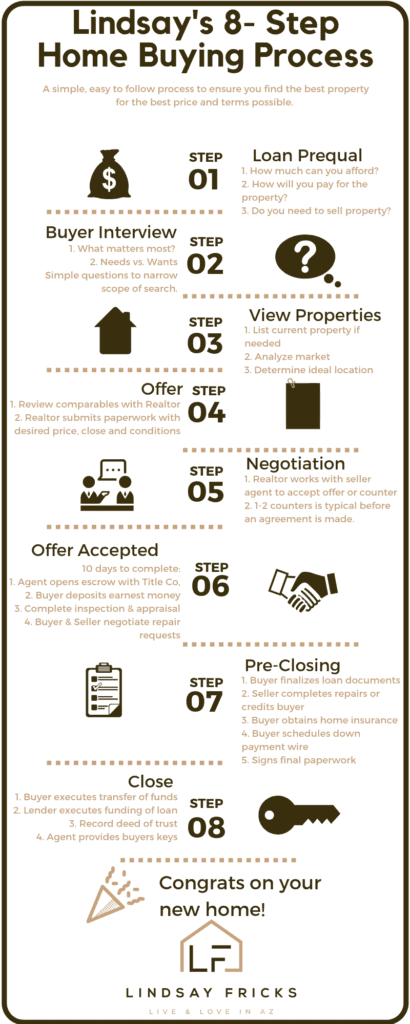Median Home Price
$325,000
Annual Appreciation Rate
+7%
Estimated Population
450k
Median Age
34
East
Valley

why you want to live here
The two largest and most popular cities in the East Valley are Gilbert and Chandler. Once known for agriculture, the area has now been transformed into some of the most well known suburbs. Both cities have experienced tremendous growth in population and along with it now has all the amenities of larger cities. The suburbs are highly focused around families and have lots of parks, recreation and many family events year-round.




